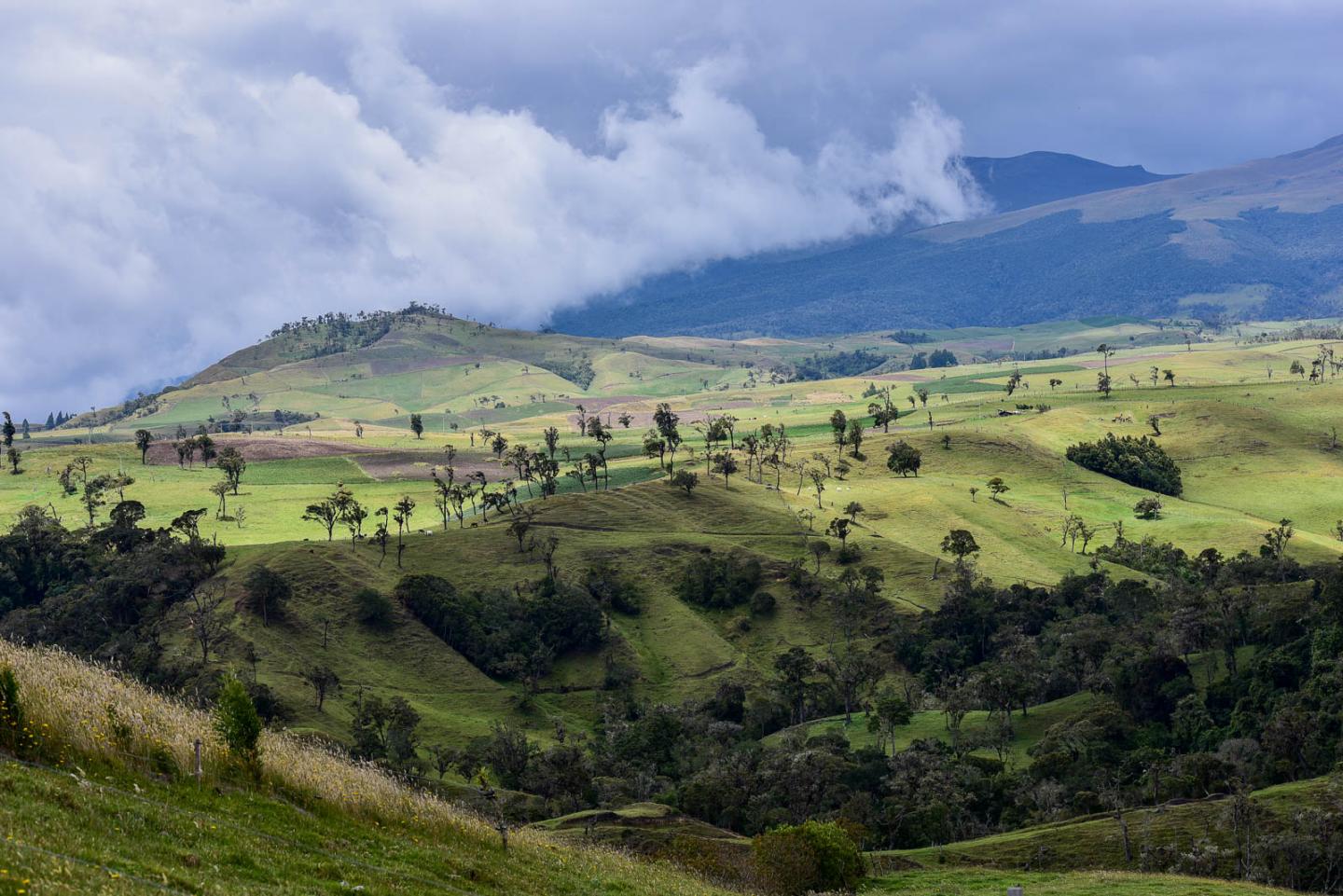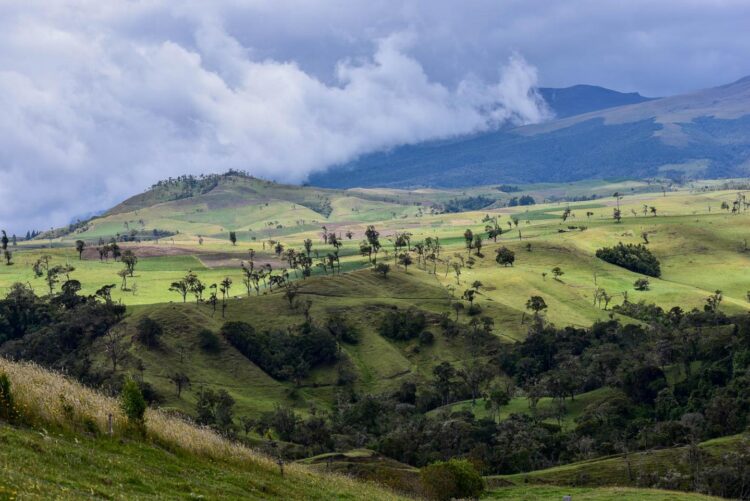Research in the Peruvian Andes highlights critical climate threats to montane forests and urges for current conservation plans to take climate projections into account

Credit: Alliance of Bioversity and CIAT / N.Palmer
Scientists have called for the use of climate projections in conservation planning, to ensure that areas most at risk from biodiversity loss and climate impacts are protected. Protected areas are often created in areas of low population density and remote locations, rather than because of their biodiversity conservation potential. Conservation planning in tropical forests especially tends to be less rigorous and climate rarely taken into account, they said.
But climate projections and science-based information are critical to actively seek out and safeguard areas where species are most at risk and ecosystems are fast declining, said authors of the paper titled: “Assessment of Potential Climate Change Impacts on Montane Forests in the Peruvian Andes: Implications for Conservation Prioritization,” published in the peer-reviewed journal Forests.
The research finds that climate change is expected to impact 58% of montane forest in the Peruvian Andes — part of the Tropical Andes, the most biodiverse area on the planet – particularly between 800 and 1,200 meters above sea level. For this reason, conservation plans and policies must take climate change impacts into account, to ensure habitats and species are protected in areas where shocks are expected to be most severe.
Vincent Bax, author and socio-ecological system researcher at HZ University of Applied Sciences, said: “In mountainous areas, habitats change very quickly at different elevations. With climate change, if species are forced to move higher up, they may not be able to quickly adapt to cooler temperatures or higher elevations, and eventually could become extinct. Current conservation plans usually focus on protecting habitats and species as they are now. What we’re saying is that we need to use climate projections, and the latest scientific data we have, to protect the most ecologically sensitive areas, now and in future.”
Including current and future climatic projections in conservation efforts will help build more resilient and adaptive plans globally, to prevent massive habitat destruction, said authors. They urge policy makers, local, regional and national planners, to look at more efficient planning which delivers more effective bang for the conservation buck. This includes acting now to include rigorous scientific data and proactive solutions to protect changing habitats and species, instead of adopting reactive conservation measures, they noted.
Author and senior Environmental Scientist at the Alliance, Wendy Francesconi, said: “This research approach to conservation planning can be used in other regions and countries, as the methods are applicable to other ecosystems and mountain forests that will likely be affected by climate change. Natural systems are in constant change, and ecosystems either must adapt or go extinct. In that sense, we must approach conservation using an adaptive management framework, as a process that is not static, but constantly changing and evolving.”
“Modeling approaches that predict how climate-induced changes ¬- such as temperature increases, precipitation fluctuations, floods, droughts, fires and others – affect ecosystems and species populations, help us manage these areas in a proactive manner,” said Francesconi. “Such information can help design or manage protected areas in response to changes, facilitating their recovery. Protecting an area is not the end of the story. As climate change and other threats persist, our approach to conservation should be dynamic, creative and innovative.”
According to the 2020 global Living Planet Index, between 1970 and 2016, there was a 68% fall in monitored populations of mammals, birds, amphibians, reptiles and fish. “That is a huge loss in biodiversity, and it’s alarming,” Francesconi added. “Now is the time to come together and help implement measures to reduce this detrimental loss, especially in light of potentially devastating added impacts that climate change can unfold over the next 50 – 100 years if we do not take action.”
Augusto Carlos Castro-Nunez, author and senior low emissions food systems scientist at the Alliance, added: “Although this paper focuses on biodiversity conservation and adaptation action, the proposed approaches are useful for all of Peru’s efforts to meet commitments under the three Rio conventions, including efforts for Reducing Emissions from Deforestation and Forest Degradation (REDD+), which mostly consider pressure on forests due to anthropogenic causes and do not incorporate climate uncertainties.”
###
Media Contact
Eliot Gee
[email protected]
Original Source
https:/
Related Journal Article
http://dx.





